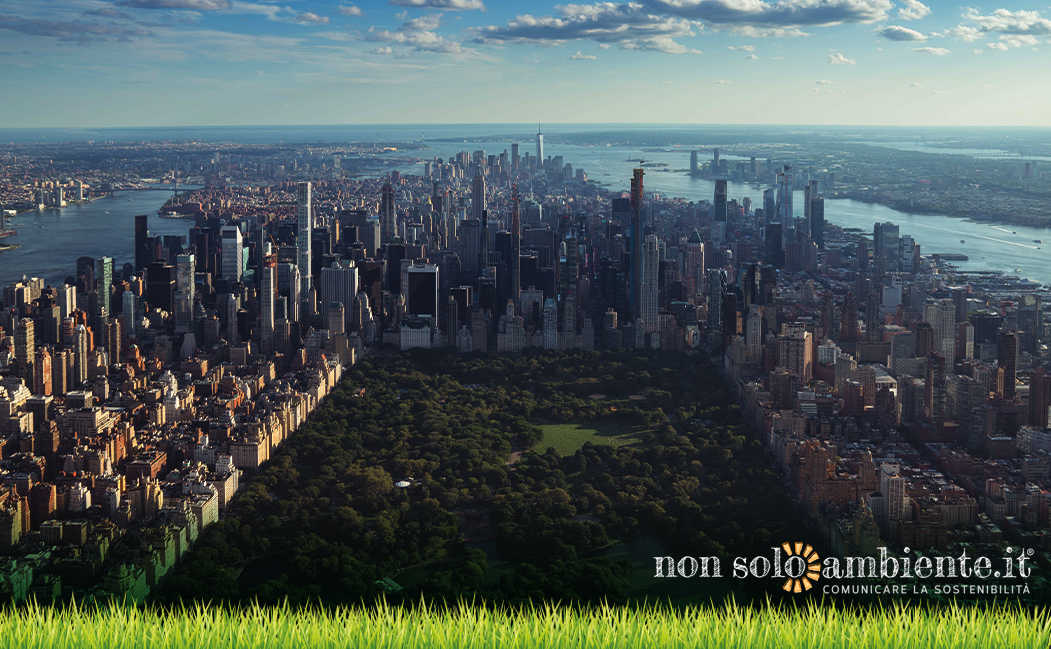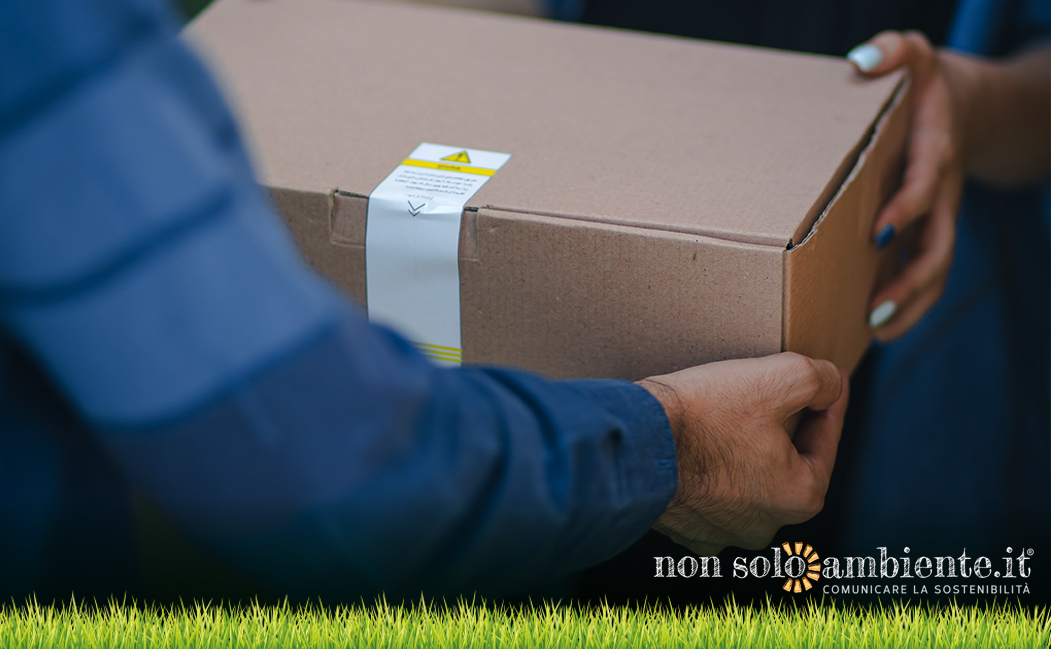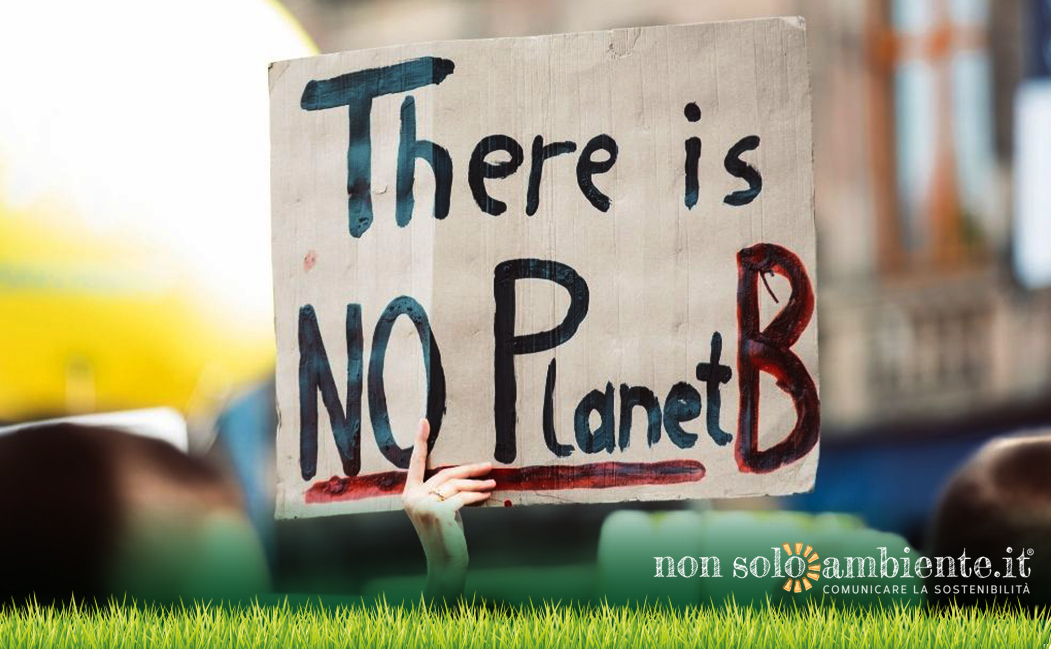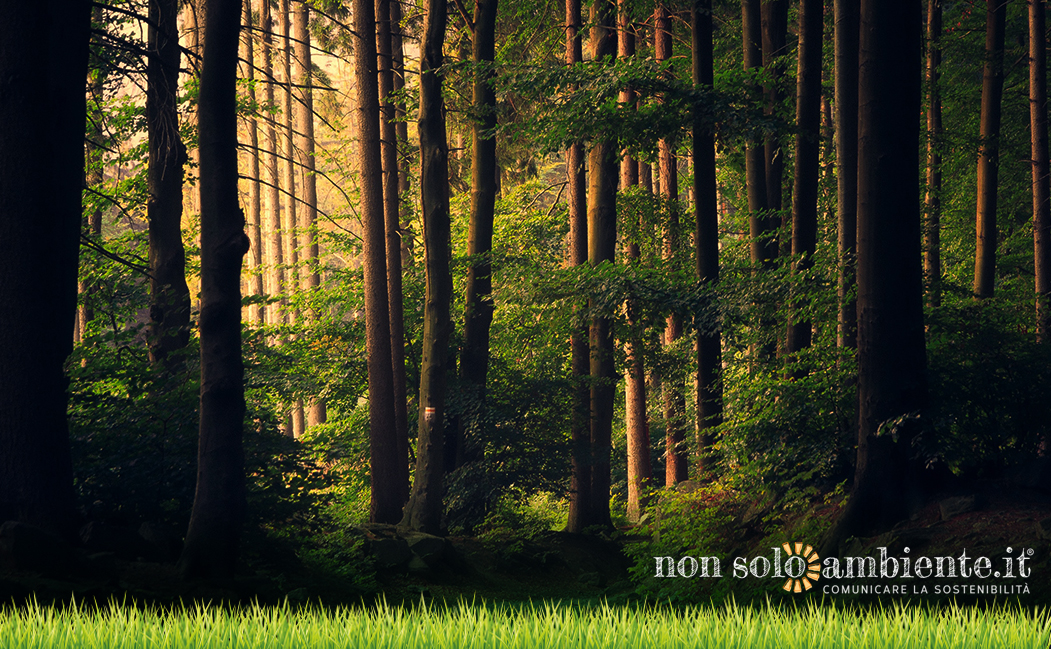
Ultime Notizie

IBM researchers analyzed the carbon storage capacity of Manhattan plants to make plantings more suitable for reducing CO₂ emissions.
Greenhouse gases are the climate crisis' main culprits - as we all already know. One of the most popular solutions to reduce CO₂ emissions is planting new trees in urban centres. However, to be effective, such activity must consider different aspects to improve air quality.
The amount of carbon that can be captured by a tree varies from different factors: the size, how much water runs from the roots to the leaves, the local soil and climate. However, looking for such information is not always easy.
IBM researchers have designed an innovative method to identify and map the amount of carbon that trees in a specific area can store. This is possible through trees' species, geometric shape and volume analysis. The method was tested in the Manhattan borough of New York. IBM technology combines machine learning, aerial images and data by the LiDAR remote sensing technique - which can provide a 3D model through a laser from an elevated view of objects in the ground.
The result is a pretty accurate and high-resolution area model, from which the researchers can observe the carbon storage capacity in vegetation. Such data also identify some plants characteristics; this is useful to understand the right place to plant a specific kind of tree and in what quantity.
Through this method, researchers found out that trees can absorb 52 thousand tons of carbon - in the Manhattan area alone. Unfortunately, LiDAR data are not available everywhere. However, the results from different cities could still allow the instrument to support other locations' research, where aerial images only are enough. This method helps not only in planting activities optimisation, but also support companies in carbon offsets regulation.
Tags:
Potrebbero interessarti ...
Snam’s commitment to sustainability at Dubai Expo 2020
13 Ottobre 2021No more chocolate by 2050 because of extreme droughts effects
22 Settembre 2021How much CO₂ do urban forests absorb?
15 Settembre 2021Iscriviti alla nostra Newsletter!
Sei un sostenitore dell'ambiente in tutte le sue forme? Allora sei nel posto giusto!
Iscriviti subito!



